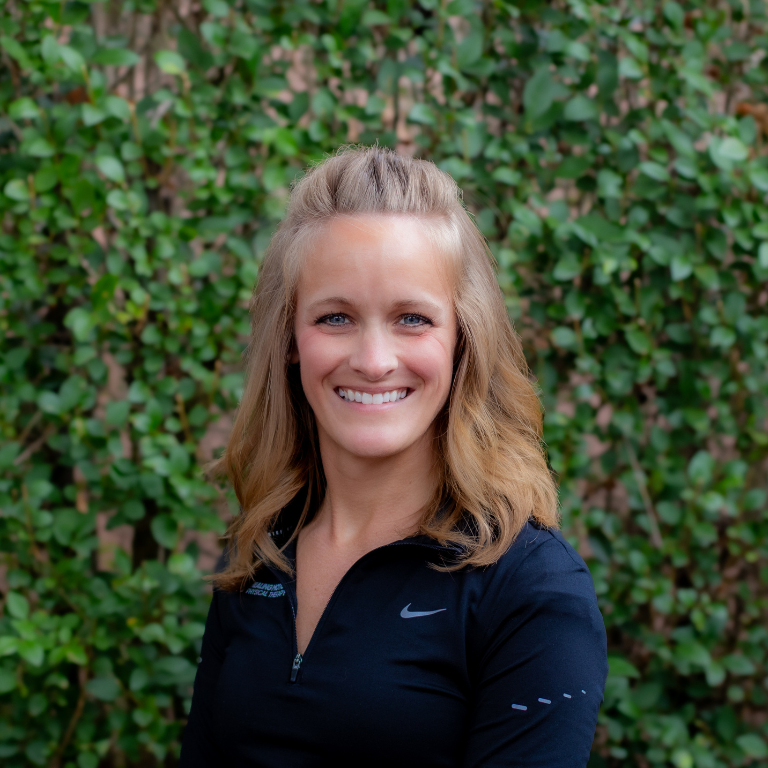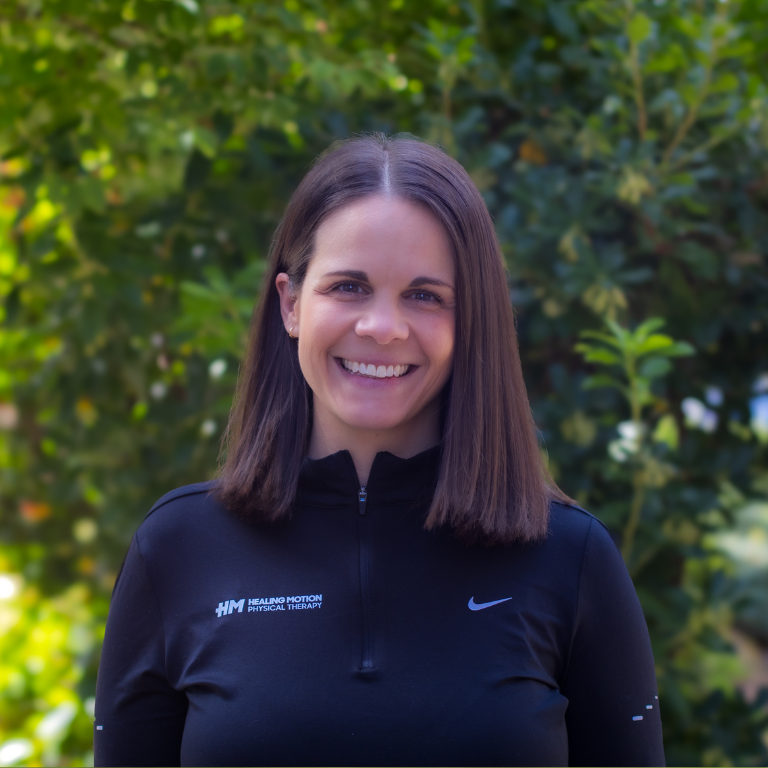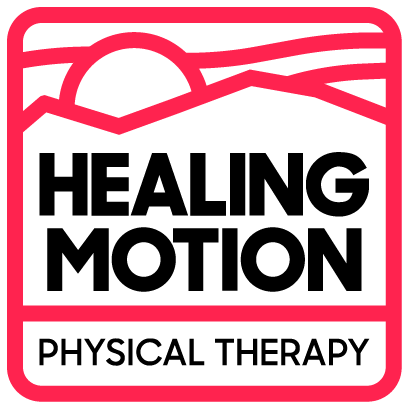Manual therapy techniques are highly skilled, passive interventions applied to joints and soft tissue. They are a vital component of the rehabilitation process, used to modulate pain, induce relaxation, increase tissue extensibility, and restore normal range of motion. Common techniques include soft tissue mobilization (massage), traction, passive range of motion, joint mobilization, and manipulation.
Joint mobilization and manipulation are two of the most common types of manual therapy techniques our physical therapists implement. We are experts at assessing the onset of resistance to movement within a joint, the way a joint feels at the end of its movement, the quality of the resistance between the start and end of joint movement, and how your symptoms relate to the range of motion and stiffness of a joint. If joint mobility is limited or painful, the structure and function of the region changes to compensate. The nutrition of the articulating cartilage is diminished and joints close by begin to move excessively to make up for the stiff joint, causing over-use and subsequent deterioration. Muscles surrounding the stiff joint lose their ability to contract and relax sufficiently, making them tight. Suddenly the entire region surrounding the stiff joint is dysfunctional.
Grade 1 and 2 joint mobilizations are small or large amplitude oscillations, respectively, performed in a resistance-free range. These techniques are used primarily for pain modulation. Grade 3 and 4 joint mobilizations are large or small amplitude oscillations, respectively, performed into joint stiffness. These techniques are used primarily for increasing tissue extensibility and range of motion. Grade 5 mobilizations, more commonly referred to as manipulations, are high velocity, low amplitude thrust techniques that are typically performed into stiffness at mid- or end-range of joint motion. These techniques are used for relaxation and increasing tissue extensibility and range of motion.
In order for joint mobilization or manipulation to be performed, you will be placed in a position of comfort so that you will be as relaxed as possible, allowing the joint to move freely. Your therapist will use his or her hands to localize the joint and will get in a position to impart a force in the appropriate direction. During joint mobilization techniques, you will generally feel the sensation of a deep stretch. During a manipulation, you will sometimes feel a “pop” as the pressure within the joint suddenly changes. Though not necessary to be effective, this sound can indicate accurate localization of the technique and should not cause anxiety. At Healing Motion, our therapists will always place you in a pre-manipulative hold and ask for your permission prior to carrying out a grade 5 mobilization.
Manual therapy is intended to be a short-term solution to aid in your recovery. Techniques often allow you to tolerate the training you need to complete and the activities you have to or want to participate in while correcting the mechanics that are the source of your symptoms.







